Hi there! If you’re a bird lover like me, you’ll agree that birds with brightly colored feathers are a sight to behold.
In this article, we’ll be exploring 14 types of birds with striking orange heads.
These birds are not only beautiful, but they also have unique characteristics and behaviors that make them fascinating to observe.
So, whether you’re an avid birdwatcher or just appreciate the beauty of nature, join me on this journey to discover some of the most stunning orange-headed birds out there.
| Image | Name |
|---|---|
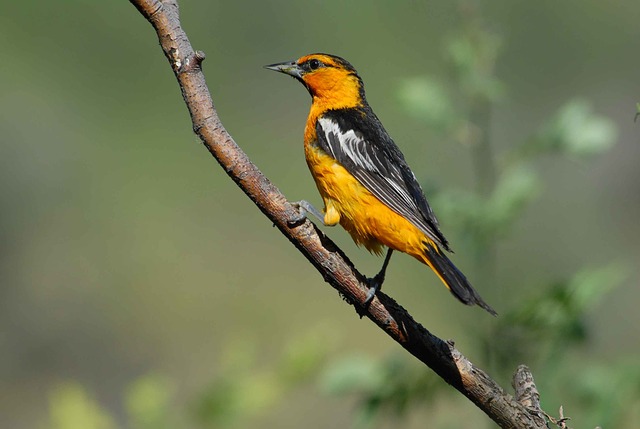 | Bullock's Oriole |
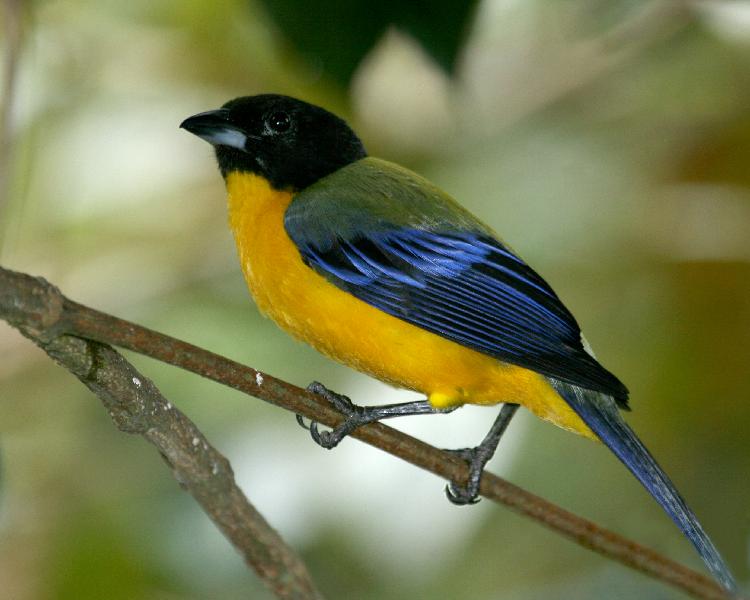 | Fire-Chinned Tanager |
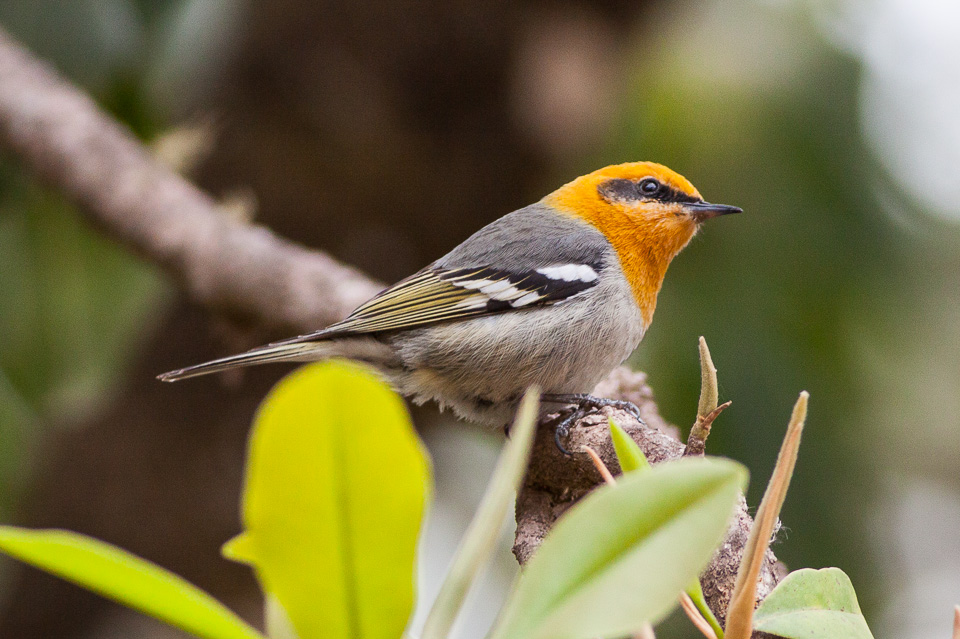 | Olive Warblers |
 | Northern Red Bishops |
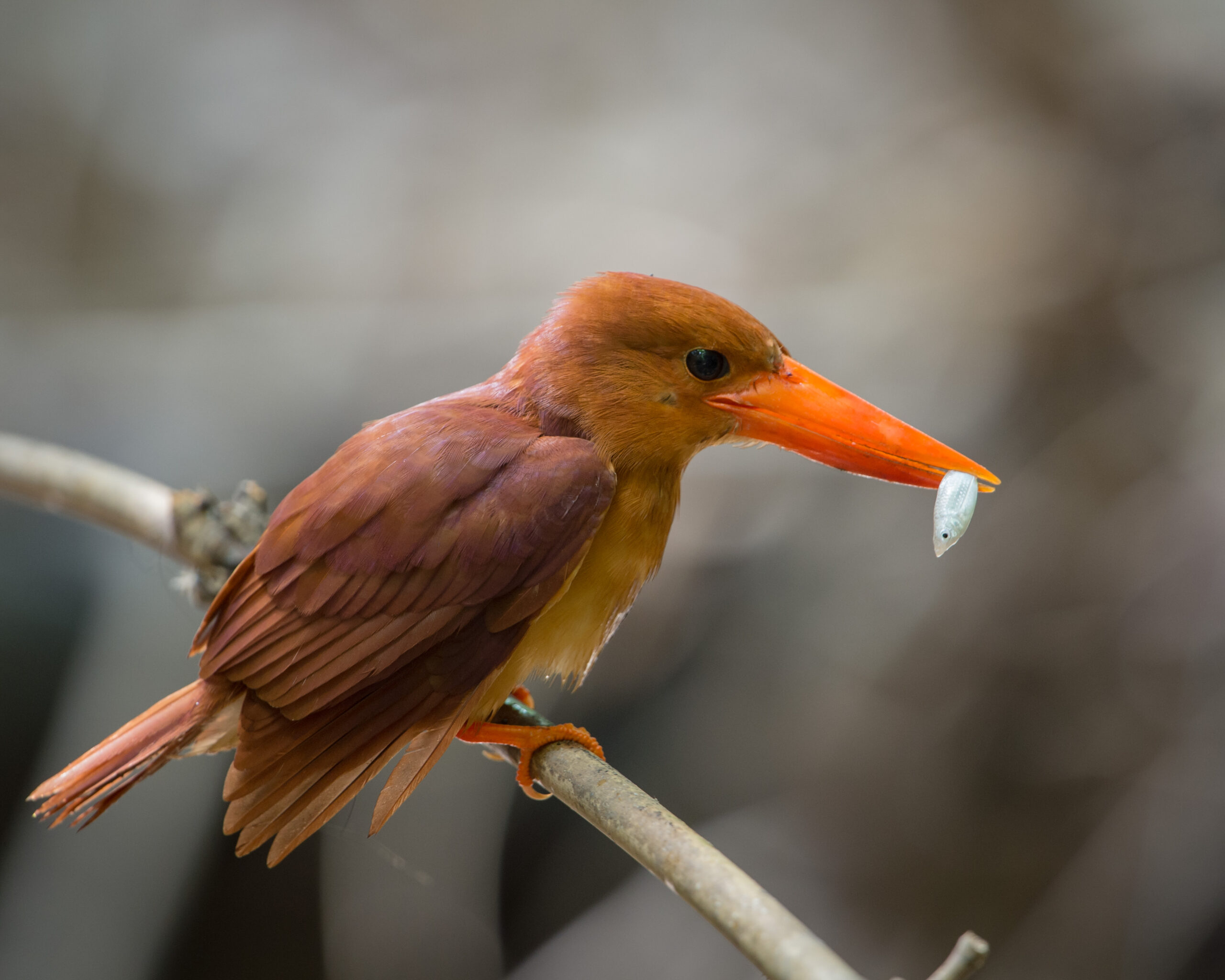 | Ruddy Kingfisher |
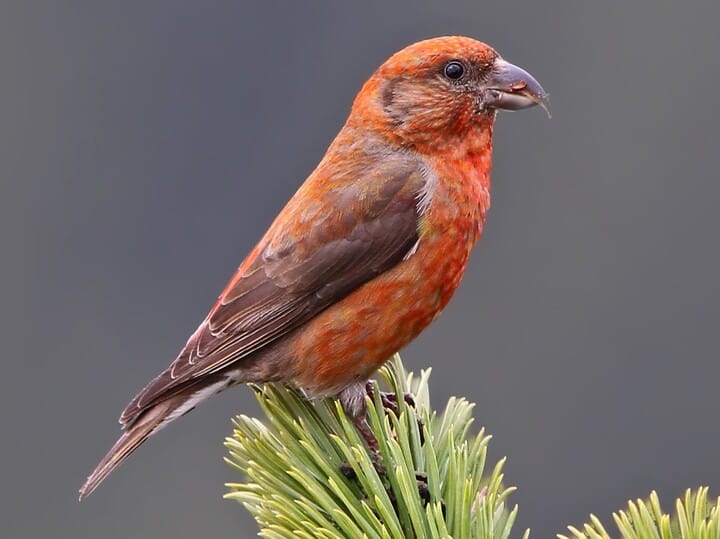 | Cassia Crossbill |
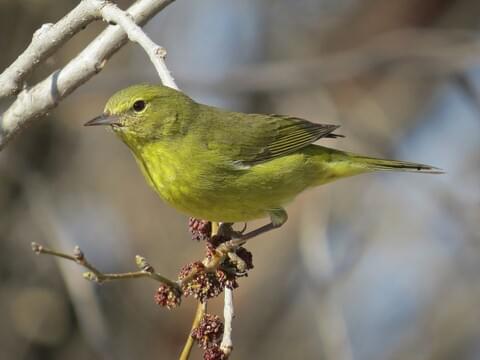 | Orange-headed Warbler |
 | Guianan Cock-Of-The-Rock |
 | Hawaii ‘Akepa |
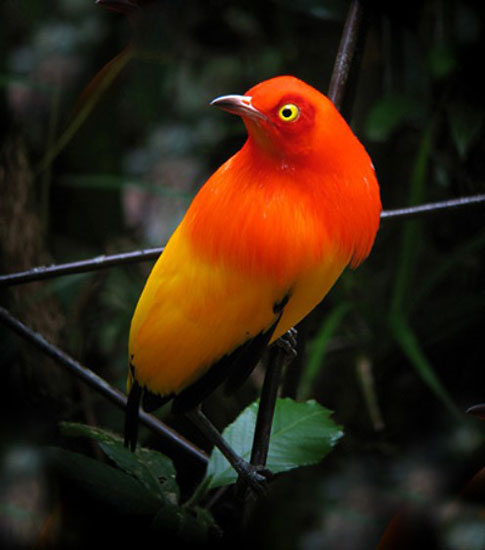 | Flame Bowerbird |
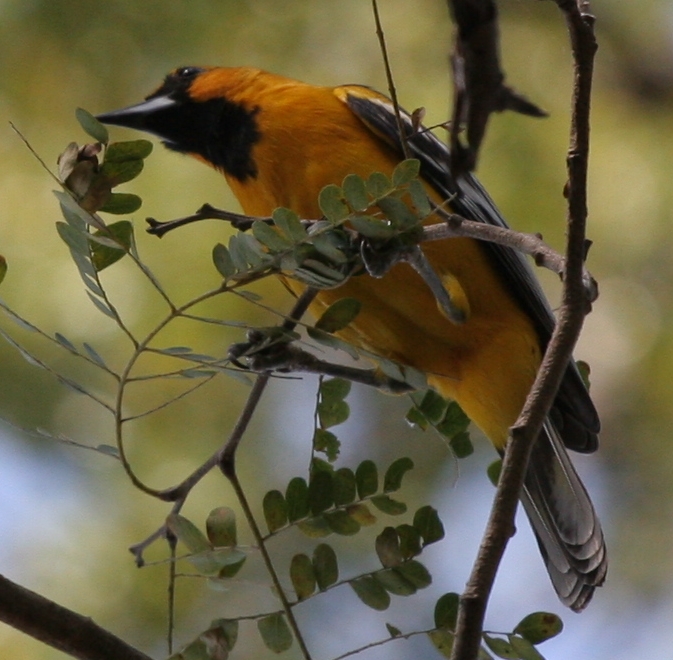 | Streak-backed Oriole |
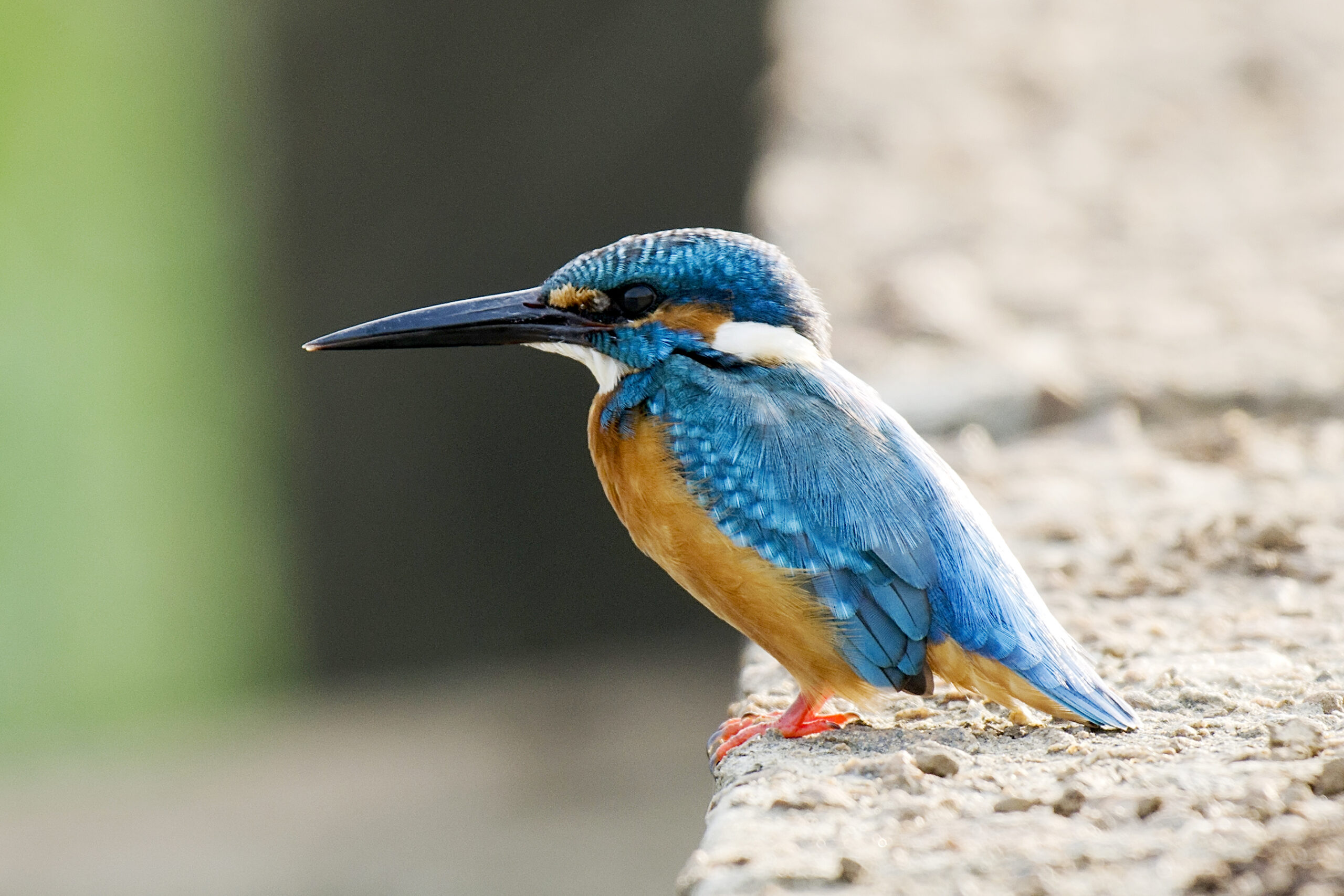 | River Kingfishers |
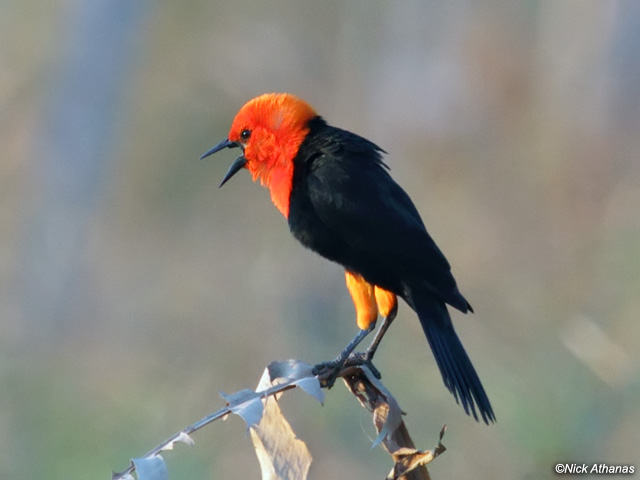 | Scarlet-headed Blackbirds |
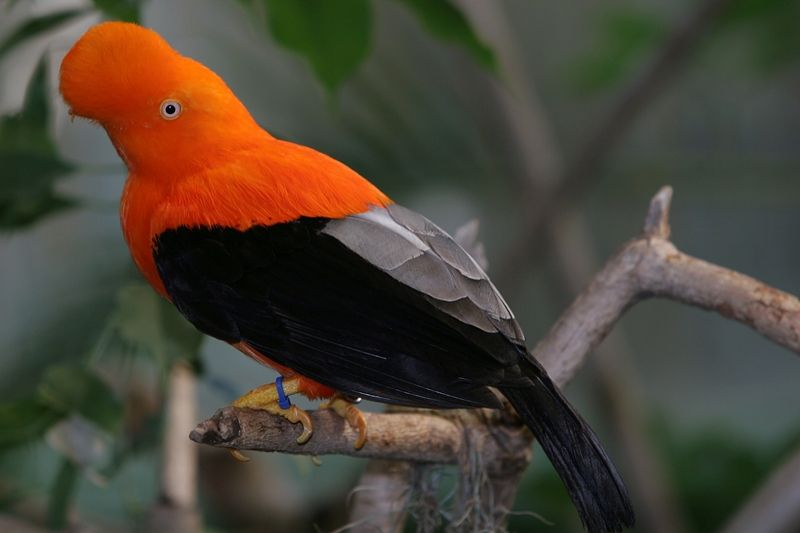 | Andean Cock-Of-The-Rock |
Types of Birds with Orange Heads (Orange Headed Birds)
1. Bullock’s Oriole

Bullock’s Orioles were formerly lumped in with Baltimore Orioles and referred to as simply “northern orioles” despite being a different species for quite some time.
They are a species of New World blackbird in the Icteridae family, so-called after William Bullock, an enthusiastic English naturalist.
While these birds are only found in the western half of the continent, there is evidence that they have made the journey east as vagrants.
Scrub woods and deciduous forests are their preferred habitats.
Bullock’s orioles are sexually dimorphic, with the males having a noticeably brighter orange body, black spots, tail, and white wing lines.
Females are less striking than males and also possess grey-brown wings and upper parts with a yellowish-white chest and underparts.
2. Fire-Chinned Tanager

The Flame-colored Tanager is a member of the Tanager family and was once known as the “stripe-backed tanager.”
Nonetheless, because of their striking resemblance to cardinals, they were recently assigned to that family.
These little birds build their nests from grass, rootlets, and conifer needles in the treetop canopies of mountain forests, especially in orchards.
Sometimes spotted in the United States, they are most often found in the highlands of Central America and Mexico.
Flame-colored Tanagers, both sexes, are in vibrant orange; overall, with grey-brown wings and tails that are barred with yellow and white.
Both their beaks and eyes are dark in color. They may be social, but when it comes to feeding time, these teenagers can turn downright hostile.
3. Olive Warblers

Little, songbird-like creatures, the Olive Warblers are also known as ocoteros.
This is a North American avian endemic species.
They have a wide range, from southern Arizona to Nicaragua, where they may breed.
Despite popular belief, they actually leave their native territory in November and return in late February.
Olive Warblers are long-winged songbirds of moderate size.
Both the underside and plumage of these birds are shades of grey, with one key distinction between the sexes.
Females and juveniles are yellow in hue, while males’ heads are orange.
The majority of their diet consists of insects and other arthropods, making them insectivores.
Tortrix moth larvae are a favorite food.
4. Northern Red Bishop
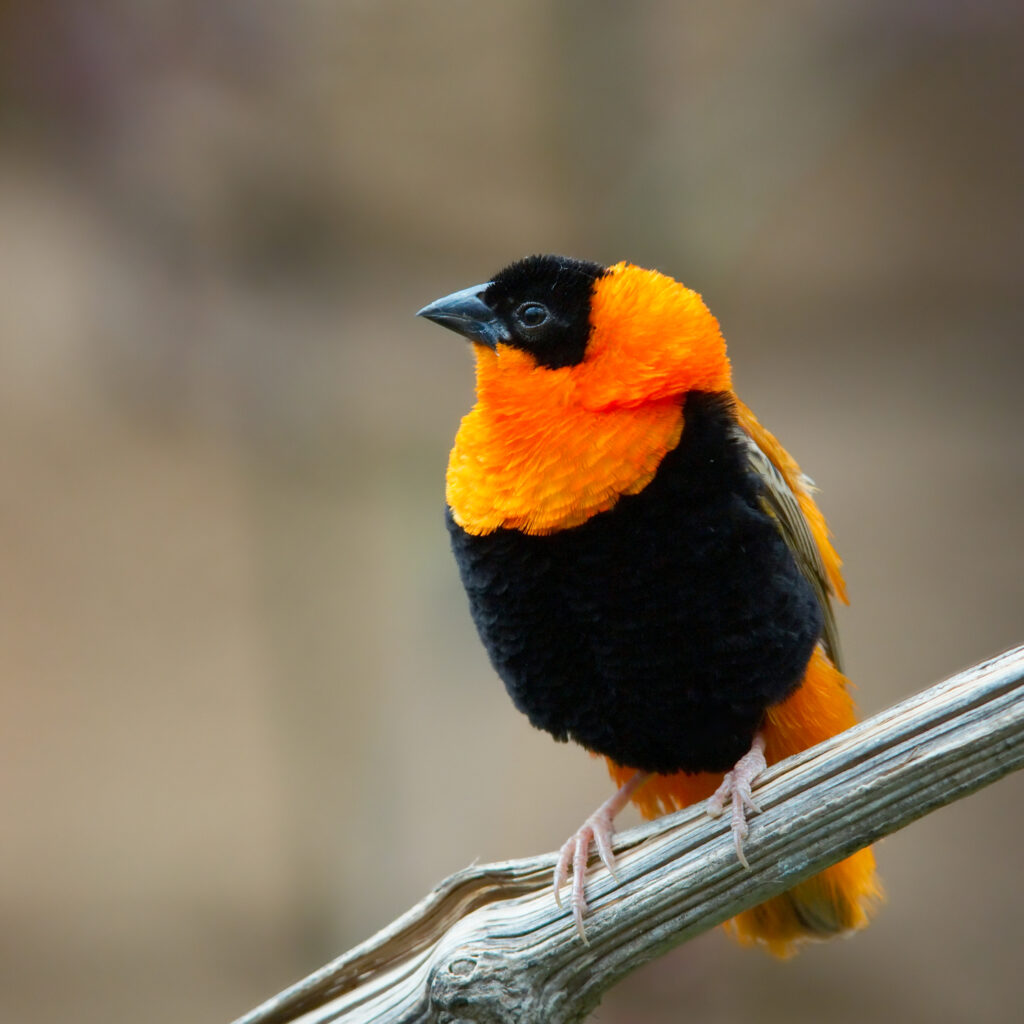
Because of their bright orange crowns, Northern Red Bishop are sometimes referred to as “orange bishops.”
These birds, which originated across Africa, are noteworthy for being rather big for the passerine bird family.
The German botanist Paul Erdmann Isert made the first discovery of this type in Ghana in 1789.
Despite their little stature, Northern Red Bishops have a surprisingly ample middle.
Adult males are distinguished by their black beaks, plumage, bellies, sides, and black eye patches.
Typically, just the tip of their tail and the top parts of their wings are brown, whereas the remainder of them have an orangey tint.
Some of these birds, although, possess darker feathers.
For one thing, what they eat has a major impact on the hue their bodies take on.
The female Northern Red Bishops lack the flashy red coloring of the males and instead resemble sparrows in appearance.
Similarly, the look of the guys that aren’t reproducing is the same.
5. Ruddy Kingfisher
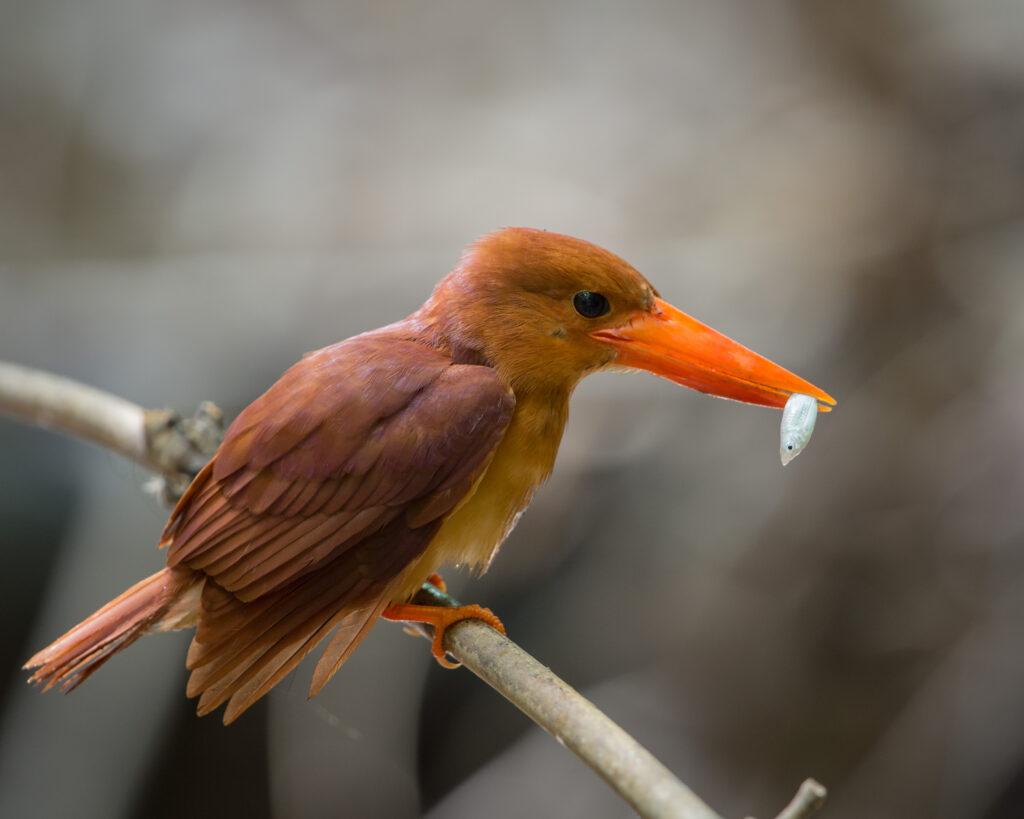
The Ruddy Kingfisher is a type of wood kingfisher with a reputation for having one of the largest bills of any bird species.
The eastern and southeastern parts of Asia are temporary homes for these migratory birds.
The area from southern Korea to western India, northern Japan, southern Asia, and eastern China from the Philippines towards the Sunda Islands is home to their breeding grounds.
They travel south into Borneo throughout the wintertime.
The bodies of Ruddy Kingfishers are rusty red, while their tails are a deeper purple.
Its massive, bright red beak is adapted for fishing purposes.
The color of their legs matches the color of their bills.
While they were originally classified as endangered by the IUCN, they were moved to the “Least Concern” category of the Red List in 2006.
6. Cassia Crossbill

Little passerine birds called Cassia Crossbills can reach the seeds of lodgepole pine cones thanks to their specialized bills.
They are endemic to the Albion Mountains in Southern Idaho.
Nevertheless, these same birds frequently fail to successfully harvest the seeds from a typical pine tree.
These birds were discovered in 2009, but they weren’t recognized as a separate species until 2017.
Like the Red Crossbill, they may make up to ten distinct calls.
In addition, the physical characteristics of the two species are quite comparable.
Males are characterized by a reddish-orange body and brown wings.
In contrast, females are olive-colored overall and possess wings that seem quite similar to those of males.
Due to the fact that their small beaks are well-adapted to lodgepole pine trees, these birds prefer to live in such environments.
7. Orange-headed Warbler

Little birds of the Thrush family, Orange-headed Thrushes are common in the forests of southeast Asia.
John Latham, an English naturalist, made the first discovery of these creatures in 1790.
Male Orange-headed thrushes are distinguished by their bright orange crowns and underparts, which contrast with their otherwise grey wings and upper parts.
Their bills are a grayish tint, and they possess brown legs.
Contrast this with the female, whose upper body is olive and whose wings are a warm brown.
The skin of their head and face is orange, although it has a faint rufous undertone.
These birds are easily distinguished from others of their kind by their unique blend of orange and greyish feathers.
8. Guianan Cock-Of-The-Rock

The Guianan Cock-of-the-rocks, or Cotinga guianensis, is a species of passerine bird endemic to South America.
As they like to perch on cliff faces, you’ll find these birds in the tropical woods.
These birds are often seen in the dense forests of South America.
They are brilliant orange all over, with a half-moon-sized crest on top of their heads that is the same hue and has thin black outlines.
The Guianan Cock-of-the-rocks relies mostly on fruit for sustenance, but it will also eat small reptiles like snakes and lizards if given the chance.
Therefore, the Harpy Eagle and the Black-and-white Hawk are the ones who end up eating these magnificent birds.
9. Hawaii ‘Akepa
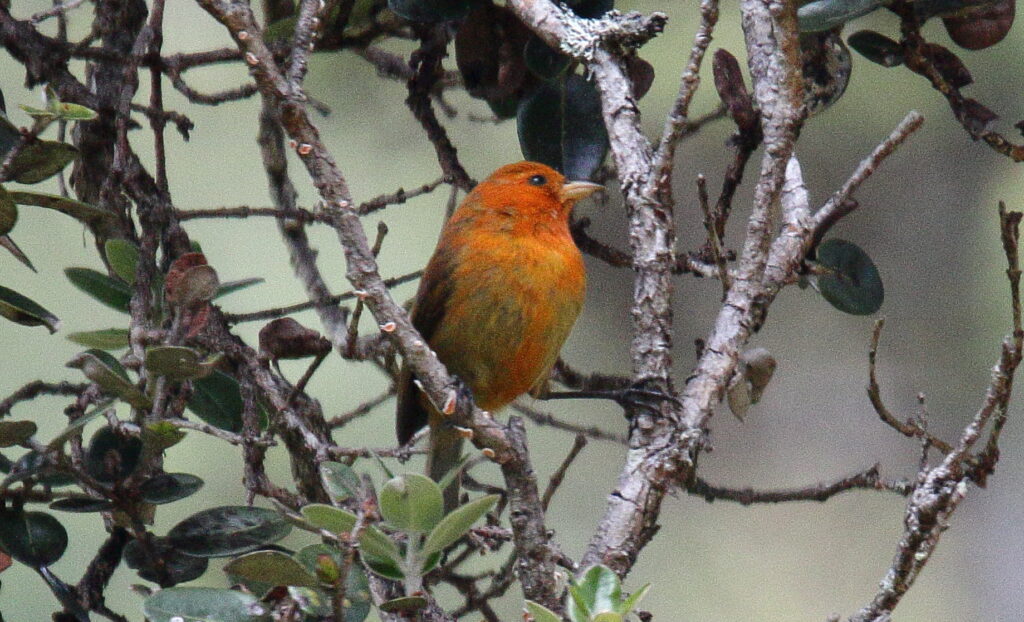
In 1975, the IUCN added the ‘Akepas to its list of endangered species because they are among the few remaining members of the Hawaiian Honeycreeper family.
Only the Hakalau Forestry Wildlife Refuge, the northern side of Hualalai, and the higher woods of Kau are still home to these birds today.
Males are a vibrant orange all throughout, whereas females are more greenish yellow.
The tiny crossbill seen in all Hawaiian Honeycreepers is present in both sexes.
10. Flame Bowerbird

The Flame Bowerbird is endemic to the jungles of New Guinea.
They have the most vibrant colors of any bowerbird.
Similar to most other bird species, the males are considered more handsome.
In addition to their yellow irises, their small, yellow bills stand out.
Their black tails stand in sharp contrast to their otherwise orange necks and bodies.
Females are olive-toned on top and golden on the bottom.
Males will do a series of twists of the tail and body shakes to attract females.
In certain cases, though, mating follows wooing.
11. Streak-backed Oriole

Streak-backed Orioles, sometimes known as New World Blackbirds, are small, colorful birds that occupy the role of passerine in the animal kingdom.
These birds are native to Central America and Mexico but seldom go north of the border.
They are widely distributed throughout the Central American countries of Mexico, Honduras, Guatemala, El Salvador, Costa Rica, and Nicaragua. Savannahs, meadows, forests, and shrublands are their homes, and they prefer eating insects and spiders over nectar and berries.
Their blackish bill is pointed and glossy.
Their vivid orange heads gradually give way to a softer orange body.
They possess a fading brown beak and toes and a yellow feathered body with black and white lines.
The Hooded Warbler is a common mistaken identity for these species.
12. River Kingfishers
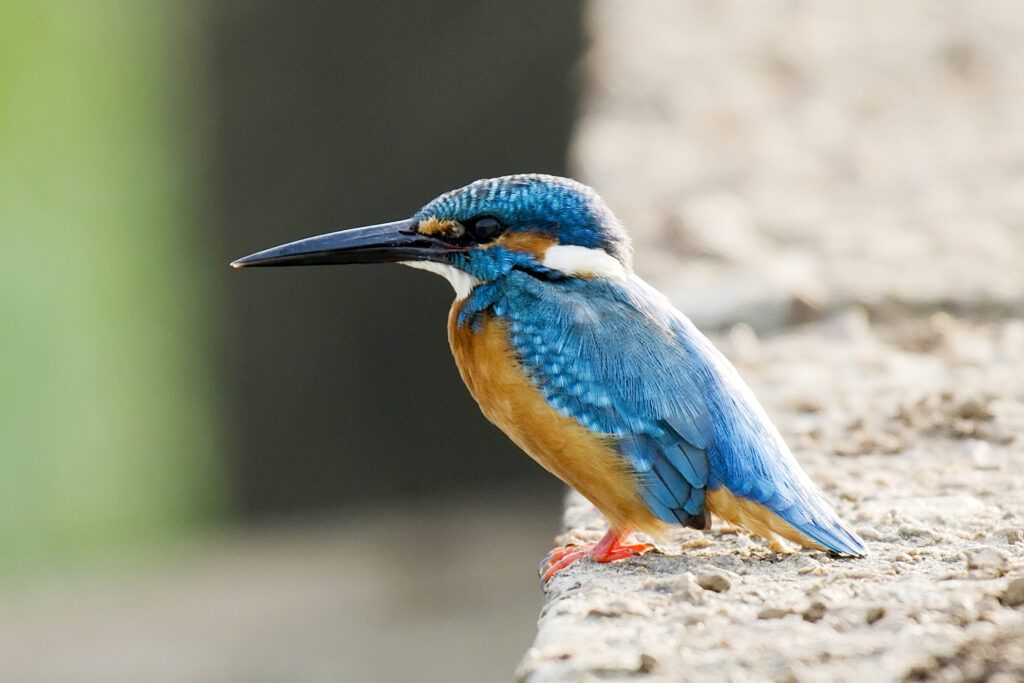
River Kingfishers, which include the Madagascan Pygmy Kingfishers, are a subfamily of the Kingfisher family.
The island of Madagascar inspired the naming of these birds.
They’re tiny, stocky birds with white bellies, muted orange plumage, and a disproportionately huge orange beak.
They have big, dark eyes.
Carl Linneaus first properly described these birds in his 1758 book, “Systema Naturae,” which was then in its 12th edition.
The scientific term “Alcedo madagascariensis” appears in the book to describe them.
13. Scarlet-headed Blackbirds

Scarlet-headed Blackbirds, sometimes known as New World Blackbirds, belong to the Icteridae family.
Similar to other blackbirds, they have mostly black bodies and bright orange heads.
Their jet-black beaks are long and thin and have a distinct form that gives them an upturned appearance.
They set up their nests in the south of Uruguay, Brazil, Paraguay, and Argentina.
In order to get to their meal, Scarlet-headed Blackbirds employ the hammerlike nature of their beaks.
They have monogamous social connections in the wild.
14. Andean Cock-Of-The-Rock

Passerine birds of the Cotinga family, including the Andean Cock-of-the-rocks.
Known locally as “Tunki,” these flora and fauna species can only be found in the South American Andes cloud forests.
There is a notable difference between the sexes in these birds.
Males are distinguished by their orange top halves and black bottom halves.
They also possess a disk-shaped crest above their head.
In contrast, females lack the crown and possess a more subdued brown body and darker wings.
Peruvians consider these birds to be their national symbol.
Conclusion
In conclusion, birds with orange heads add a burst of color and vibrancy to the natural world.
The fourteen types of orange-headed birds mentioned in this article are just a small representation of the diverse range of bird species that exist.
From the bold and striking Fire-Chinned Tanager to the subtle and elegant Cassia Crossbill, each bird has its unique characteristics and beauty.
As we continue to appreciate and protect our planet’s biodiversity, it is essential to recognize and admire the many wonderful species that share our world, including these captivating orange-headed birds.
FAQ
Do all orange-headed birds have the same shade of orange on their heads?
No, the shade of orange on the heads of different orange-headed bird species may vary from bright orange to duller shades of orange or even reddish-orange.
Are orange-headed birds endangered?
Some orange-headed bird species, such as the Orange-bellied Parrot and the Orange-billed Sparrow, are considered endangered due to habitat loss and other threats. However, many other species are still thriving in their natural habitats.
Last Updated on April 17, 2023 by Lily Aldrin
